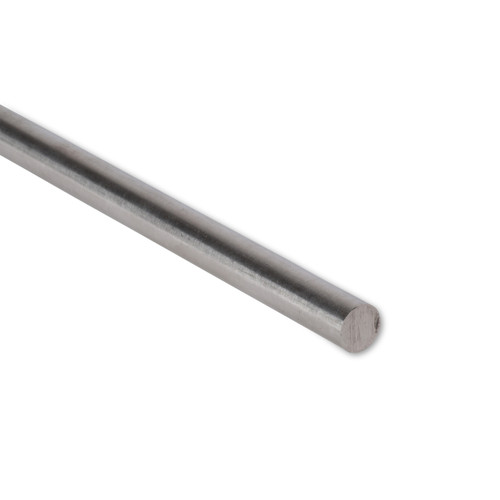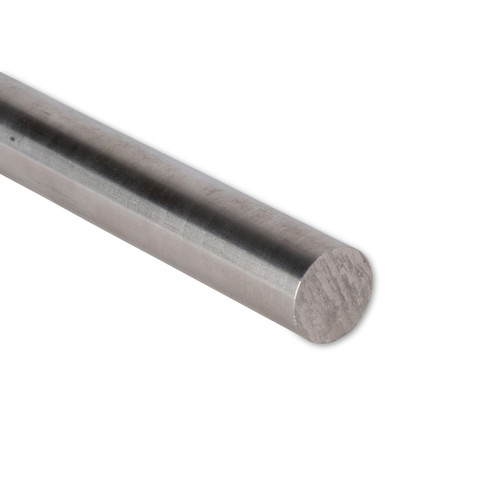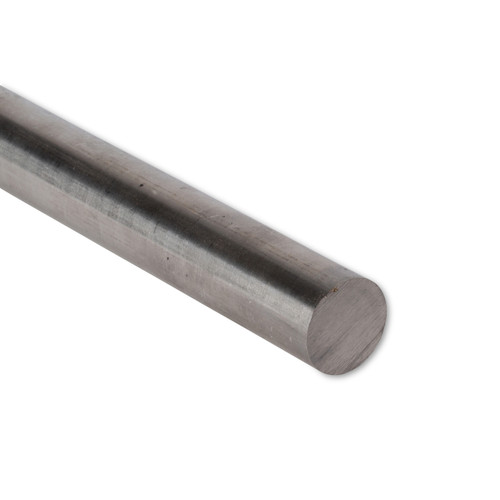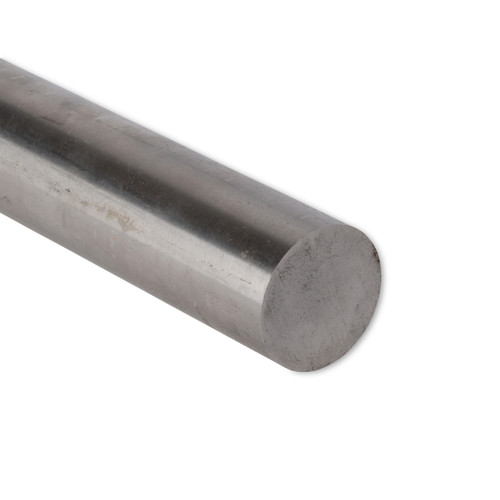-

-

-

304 Stainless Steel Rod, 3/4" Diameter, 10 Lengths Available
$9.35 - $65.32 -

-

-

-

-

-

-

-

-

Stainless Steel 304
304 stainless steel is the most widely used type of stainless steel for good reason; its many properties, including resistance to corrosion, make it a preferred choice for a wide range of applications. Browse our stainless steel 304 flat bars and round rods, or scroll to the bottom of the page for more information on 304 grade stainless steel.
What is 304 Stainless Steel?
Also known as SAE 304 stainless steel, this raw metal meets grading standards of SAE International (formerly the Society of Automotive Engineers) to be categorized as such. 304 stainless steel is also known as A2 stainless steel in many other countries outside of the United States.
304 Stainless Steel Composition
All our 304 stainless steel is composed of 8 percent nickel and 18 percent chromium, whether you choose to purchase round rods or flat bars for your project. This composition meets the requirements for our stainless steel to be categorized as type 304, as above.
304 Stainless Steel Properties
From use in appliances found in the home, to industrial machines, 304 stainless steel is used in a wide range of settings and is the ideal raw metal for many applications. One of the main reasons 304 stainless steel makes an excellent choice for these applications and more, is its ability to resist corrosion. It is also known for being easy to weld and form.
Learn more about stainless steel 304 on our Resources page under the Raw Materials tab.
304 vs 316 Stainless Steel
You might be wondering, what is the difference between 304 and 316 stainless steel? These two types of stainless steel are both commonly used and share many properties, for example:
- Both 304 and 316 stainless steel contain high levels of chromium and nickel.
- Both 304 and 316 stainless steel are easy to form and weld.
- Both 304 and 316 stainless steel are highly resistant to corrosion.
- Both 304 and 316 stainless steel can be made magnetic through the process of cold working.
- Both 304 and 316 stainless steel have good hardness and tensile strength.
- Both 304 and 316 stainless steel are resistant to abrasion, chemicals and more.
However, both 304 stainless steel and 316 stainless steel have additional individual key advantages, and there are various reasons to choose one over the other, depending on your application.
When comparing 304 to 316 stainless steel, bear in mind the following key differences:
- 304 stainless steel has a higher melting point than 316 stainless steel.
- 304 stainless steel is the most commonly used type of stainless steel and will meet the needs of most applications.
- 316 stainless steel contains molybdenum as well. This makes it a preferred choice in certain industrial settings, like in pumps, valves, and other applications that require extra resistance to chemicals.
- 316 stainless steel is typically more expensive than 304 stainless steel.
If the needs of your application are met, choose stainless steel 304 for an affordable, high quality solution.
Customize Your 304 Stainless Steel
Our skilled team offers raw metal custom services to tailor your 304 stainless steel to meet your needs. Request your 304 stainless steel to your exact specifications, or request a quote for cut to length services, grinding, milling, prototyping, CAD drawings and more.
